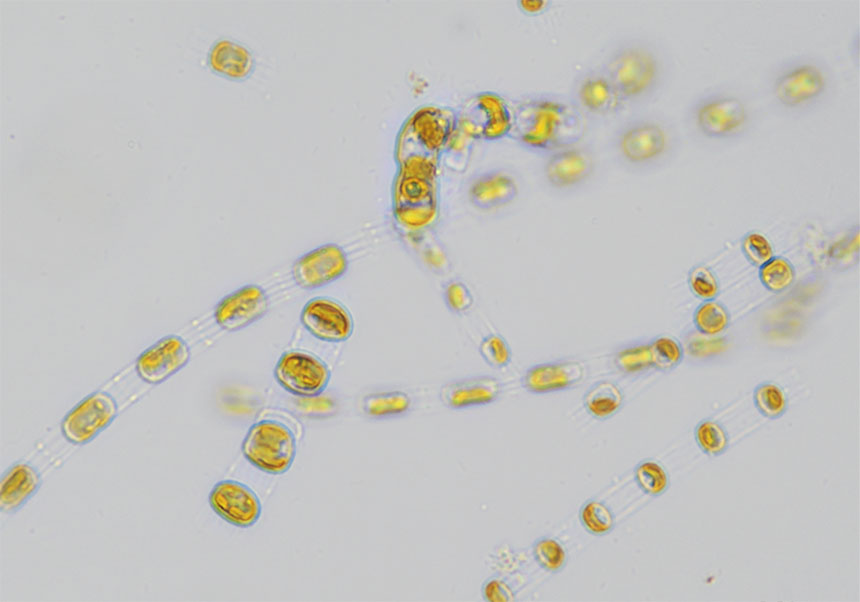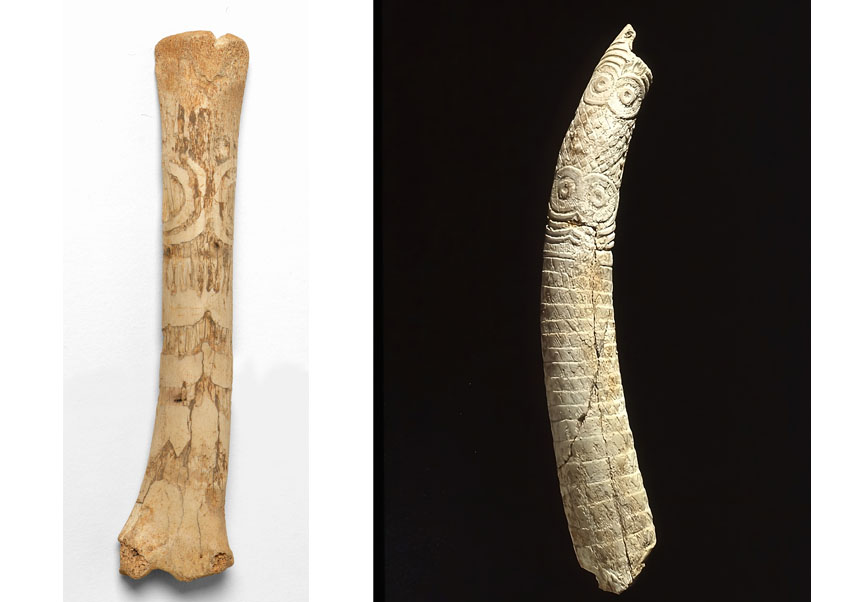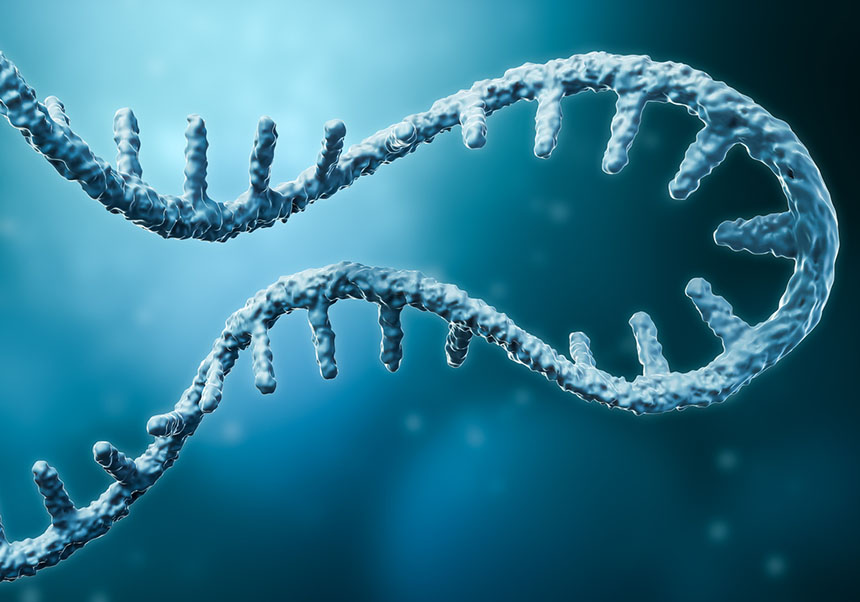Study unmasks tapeworm, alkaline, and macrobiotic diets, and other nutritional scams
- Scientific Culture and Innovation Unit
- May 5th, 2022

The history of weight loss diets is a compendium of scientific advances and scams. From the recent ones of the tapeworm, alkaline and macrobiotic, to other older ones, the belief in risky weight loss methods has cost the lives of numerous patients. Inmaculada Zarzo (Food and Health Laboratory, Institute of Materials Science), José Miguel Soriano (Department of Preventive Medicine of the Faculty of Pharmacy – La Fe), both from the University of Valencia, and Pietro M. Boselli (University of Milan) show in a scientific article the dangers of poor nutritional practices.
“Throughout the centuries, weight loss diets have been developed by non-health people, from charlatans to amateurs, who have risked the lives of their patients. In reality, only professional nutritionists can guarantee effective and beneficial results for health”, affirm Zarzo, Soriano and Boselli in their article History of Slimming Diets up to the Late 1950s, which analyses these practices until the 1950s, although some of them are still applied.
Dietetics is a discipline tending to risk. At the beginning of the twentieth century, practices such as “the tapeworm diet” spread, which promoted the interference of said parasite in order to eliminate body fat. However, it forgot the side effects: abdominal pain, colic, diarrhoea, vertigo or vomiting, among others. Likewise, the diet of naturopath Herbert McGolfin Shelton, which promised very rapid weight loss through dissociated eating routines, cost the life of one of his patients, which caused him to be taken to court for practicing medicine without a license.
According to research, there are dissociated diets similar to Shelton’s, as is the case with Hay’s diet. The latter, also called the alkaline diet, divides foods into two categories: acidic (meat, fish, milk, cow, sugar or alcohol) and alkaline (vegetables and fruits). According to Dr. Hay, the recommended consumption of 80% alkaline foods, compared to 20% acid ones. However, as with other diets such as the hypoenergetic diet of Benjamin Gayelord Hauser (1920) or the mucusless diet of Arnold Ehret (1922), its success has not been linked to scientific guarantees.
The twentieth century is plagued by dietary fallacies. The Irish Reverend Emmet Fox, minister of the Church of Divine Science, argued in his work The Seven-Day Mental Diet (1935) that a change to more positive thoughts also had a positive effect on the diet, miraculously reducing weight. Others like Michio Kushi, world exponent of modern macrobiotics, raised diets in terms of natural balance between yin and yang: yin foods are light and cold; while yang foods are heavy and hot. The proper diet would reside, then, in a correct balance through periodisations of varied foods.
However, such proposals lack scientific basis. In fact, both the Food and Nutrition Council of the American Medical Association and the Committee on Nutrition of the American Academy of Paediatrics condemned the Kushi diet as dangerous to health.
In a way, the twentieth century is merely continuing a historical trend of deception in dietetics. Already in the sixteenth and seventeenth centuries, despite multiple advances in medicine, the starvation of certain women – the so-called “miraculous maidens” – was interpreted as venerable signs of holiness. However, in the nineteenth century it was discovered that these miracles were actually cases of anorexia.
In its origins, more than four millennia ago, the ineffectiveness of weight loss theories could be attributed to a lack of knowledge of biology and modern medicine. This is the recommendation of green tea to reduce fat (“Shen Nong diet”, 2695 BC) or the use of flowers to emaciate obese bodies (“Dioscorides diet”, 40-90 AD).
However, taking into account the medical advances of later centuries, the persistence of obscurantist dietary theories is still worrying today. For this reason, “knowing the deaths and physical damage caused”, the authors of the article underline “the need to go to qualified personnel in order to carry out such diets, both at the time of their prescription and in the follow-up of your application”.
Article: Zarzo, I.; Boselli, P.M.; Soriano, J.M. (2022). “History of Slimming Diets up to the Late 1950s”. Obesities, 2, 115–126. DOI: https://doi.org/10.3390/obesities2020011
File in: Investigació a la UV , Difusió i comunicació científica , Facultat de Farmàcia , Cultura Científica , Internacionalització recerca , Recerca, innovació i transferència
















